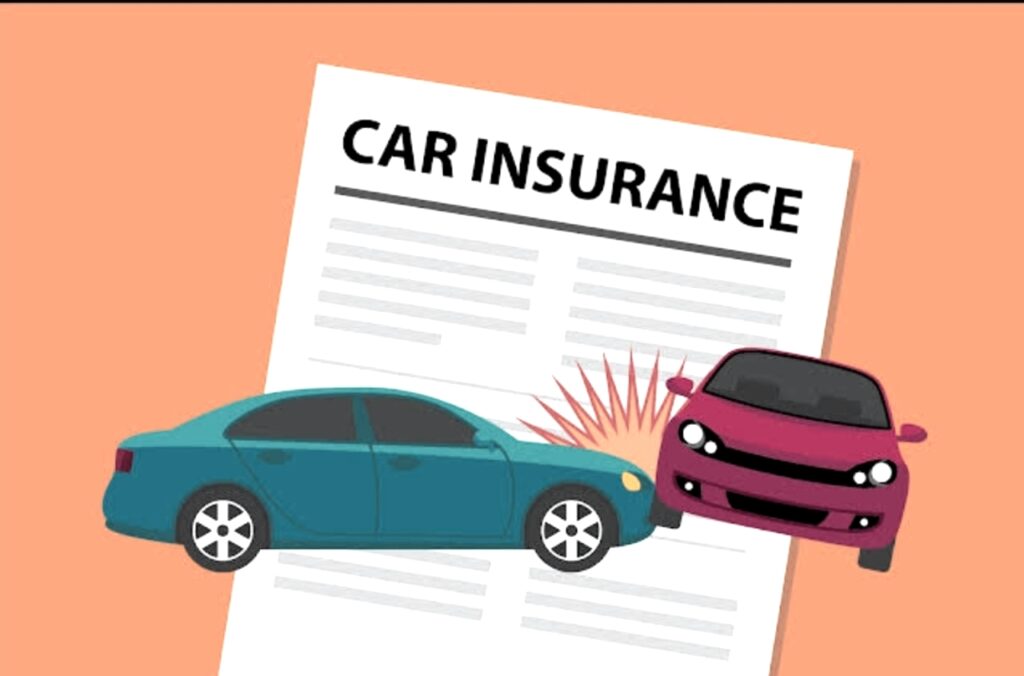Traversing the Labyrinth : The Definitive Guide to Vehicle Protection
Car coverage can often feel like a confusing tangle, leaving many motorists overwhelmed by the variety of choices and lingo. Whether you are a new buyer or looking to switch providers, grasping the ins and outs of auto insurance is crucial for shielding yourself and your vehicle on the road. This guide is crafted to help you navigate the challenges of car insurance, transforming the process easier and less daunting.
With many options, insurance options, and prices available, it's crucial to prepare yourself with the knowledge needed to make wise decisions. From liability coverage to accident and comprehensive options, knowing what each term means and how it applies to your circumstances can save you time and money. By analyzing the fundamentals of car insurance, this guide will allow you to find the perfect policy tailored to your needs.
Comprehending Vehicle Coverage Fundamentals
Car insurance is a policy between the insured and an insurer that offers monetary security in the event of an incident, theft, or harm to your automobile. By paying a fee, you are covered for certain costs associated with vehicle-related events. Understanding the essentials of auto coverage is crucial for selecting the appropriate coverage and making sure you have proper insurance for your demands.
There are various types of coverage within vehicle coverage, including responsibility coverage, collision coverage, and all-encompassing coverage. Liability coverage helps compensate damages to third parties and their property if you are at responsible in an accident. Collision insurance covers damage to your own automobile after an accident, while comprehensive coverage safeguards against incidents not involving a collision like theft or calamities. Knowing the distinctions between these forms can help you reach smart judgments.
When choosing a vehicle coverage agreement, it is essential to consider factors like policy limits, deductibles, and reductions. Higher policy limits may provide superior protection but could result in higher payments. Deductibles are the total you pay out of pocket before benefits begin, and opting for a larger deductible can lower your payment. Various insurers also provide reductions for clean driving records, combined policies, or reduced mileage, which can more decrease your total expenses.
Types of Auto Insurance Coverage
When considering car insurance, it's important to know the multiple types of coverage available. The most typical form is liability insurance, which is commonly required by law. This coverage protects you if you are found to be at fault in an accident, covering bodily injuries and property damage to others. It is vital to have appropriate liability limits to shield your assets in case of a significant claim.
Another, critical type of coverage is collision insurance. very cheap car insurance no deposit covers the repairs to your vehicle after an accident, irrespective of who caused it. If your car is damaged in a collision, you can make a claim under this coverage to get back on the road faster. While not mandatory, collision insurance is advisable for drivers with new or higher-value vehicles who want to defend their investment.
Comprehensive insurance is also a crucial part of auto insurance coverage. It safeguards against non-collision incidents, such as theft, vandalism, or natural disasters. This type of insurance ensures you're covered for damages not caused by a collision, offering peace of mind for unexpected events. Combining comprehensive with liability and collision creates a well-rounded insurance plan that defends you and your vehicle on the road.
Tips for Choosing the Best Coverage
When deciding on a auto insurance policy, it is crucial to consider your coverage needs based on your driving behavior, the kind of car you possess, and your financial constraints. Consider elements such as if you drive your car regularly, the frequency with which you experience difficult conditions, and the longevity and value of your vehicle. Customizing your policy to fit these aspects will help you prevent paying for excess coverage while making sure you are sufficiently protected.
It is also important to evaluate different providers and their policies. Invest some time to look into various insurance companies to understand their reputation, client reviews, and claims process. Many platforms allow you to request quotes from multiple providers, thus simplifying the process of evaluation easier. Look for offers that may apply, for example safe driving records or bundling auto insurance with other coverages. Each company has its unique strengths, so explore your options to find the ideal choice for your circumstances.

Ultimately, be sure to review the terms and conditions of the policy you are evaluating. Understanding the conditions, clauses, and exclusions is vital to confirm you know what is included and what is excluded. Be mindful of the deductions, limits, and any additional add-ons that may be necessary for your individual circumstances. Taking the time to carefully analyze the policy specifications will help eliminate unexpected costs down the road and provide reassurance while in your vehicle.